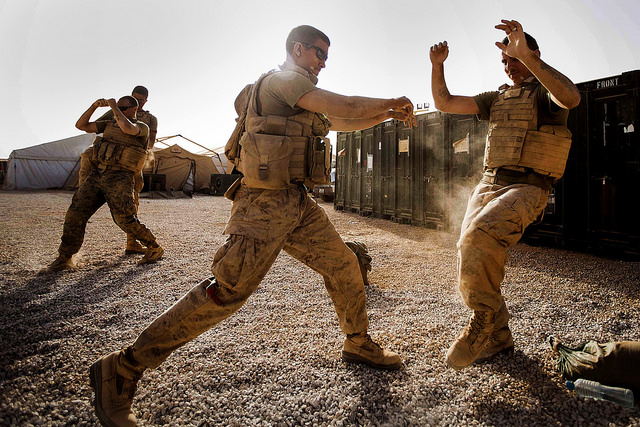
Sea State
Competition between the three contenders for the replacement of the Royal Navy’s Collins-class submarines has started to heat up with Japan now revealing its willingness to build the submarines in Australia despite previous reports to the contrary. The three contenders have been asked to submit their plans to the CEP for an all-Australian submarine build, an all-overseas build, and a for part-overseas and part-Australian build.
The Polish Navy is planning to purchase three submarines armed with cruise missiles by 2023, and the Polish Defense Ministry has announced its willingness to undertake a joint procurement with Norway. The Norwegian Ministry of Defence decided in December 2014 that their Ula-class subs would be replaced in 2020. Similarities between the future submarine requirements of both countries, make Norway a natural industrial partner with Poland according to Norway’s Ministry of Defence.
In Paris, French President François Hollande has announced that Egypt will purchase two Mistral warships that France had originally built for Russia before halting the sale after the Russian annexation of Crimea. French government sources claimed that Egypt will pay US$1 billion for the warships, with a ‘significant’ amount of the finances emanating from Saudi Arabia. Since 2014 Egypt has ordered 24 Rafale fighter jets from the French aircraft manufacturer Dassault Aviation, as well as a Fremm frigate and four anti-submarine Gowind-class corvette from French shipbuilder DCNS. Analysts have indicated that the increasing number of Egyptian armament deals with France is representative of Egypt’s desire to decrease its reliance on US defence capabilities.
Flight Path
Last week the US and China announced a new MOU regulating air-to-air encounters between the two countries. The ‘Annex of the Rules of Behavior for Air-to-Air Encounters’ is aimed at preventing misunderstandings and miscalculations during US and Chinese air encounters. For more detail on the MOU, check out Shannon Tiezzi’s piece over on The Diplomat here.
Boeing’s KC-46 air-to-air refueller has successfully completed its first flight in Seattle. The tanker’s test flight, seven months behind schedule, lasted four hours. Boeing announced that test pilots performed operational checks on engines, flight controls and environmental systems. Later this year the KC-46 will conduct aerial refuelling flights with a number of US Air Force aircraft. Get the low-down on the flight and what it means for Boeing and the tanker from Lara Seligman over at Defense News.
Wrapping up this week, what can’t the Russian air force do? According to David Axe over at War is Boring, not a lot. Despite the Kremlin’s modernisation program, Axe argues that Russia lags behind in the development, acquisition and employment of ‘smart’ air-to-ground munitions. Axe’s article comes just two weeks after Air Force (USAF) General Frank Gorenc announced that NATO’s air superiority vis-à-vis Russia is waning.
Rapid Fire
If US Special Forces like Navy Seals or Green Berets interest you, you’ll probably enjoy this article by Nick Turse, which discusses how US Special Operations Command (SOCOM) funding more than tripled between 2001 and 2014, while personnel numbers more than doubled. Turse reports that approximately 11,000 US ‘special operators’ are deployed at any given time, either on combat or training missions, and have been deployed in 135 different nations this year. Turse published a book in May about US Special Forces in Africa called Tomorrow’s Battlefield.
Israel has once again retaliated against Syrian Army positions after the war spilled over into Israeli territory over the weekend. IDF artillery shelled two Syrian Army posts after two ‘errant rockets’ from conflict between Syrian Army and rebel groups landed in the Golan Heights.
Mixed Martial Arts is apparently becoming a popular sport for US soldiers to practice on each other. War is Boring has published a piece about the value of hand-to-hand combat for Army troops. Staff Sergeant James Hanson says in the article that hand-to-hand training can be especially useful when troops are able—or required—to capture live targets.

